📍 Atrato River Basin, Colombia – After 12 months of dedicated conservation work, the “Guardians of the Waters” project has successfully concluded, marking a milestone in freshwater biodiversity protection and indigenous-led environmental governance
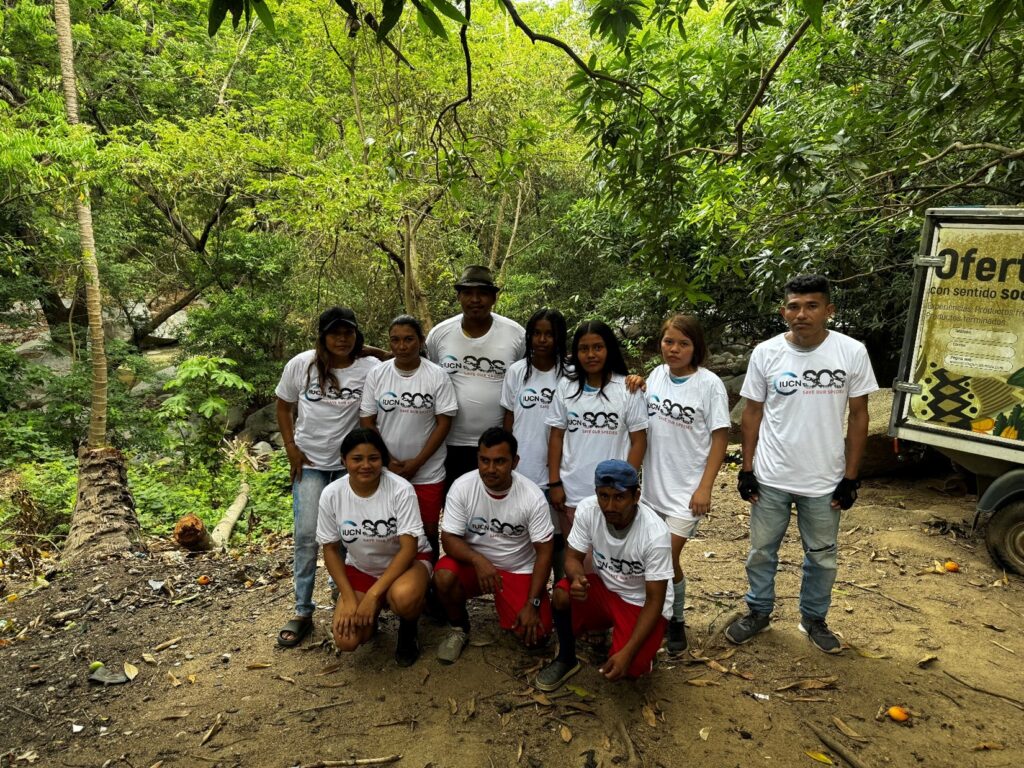
Supported by IUCN SOS – Fondation Segré Conservation Action Fund, this ambitious initiative—led by Environmental Women Org in coordination with the Concejo Tribal Indígena Narakajmanta—has transformed 8,820 hectares of the Atrato River basin into a legally recognized Resource Management Zone (RMZ). Designed to combat Illegal, Unregulated, and Unreported (IUU) fishing, restore aquatic ecosystems, and empower local communities, the project has delivered tangible conservation outcomes for the critically impacted freshwater fish Pimelodus grosskopfii (Barbudo) and the Emberá people who depend on the river for their livelihoods.
A Landmark Achievement for Indigenous Conservation
At the project’s outset, Barbudo populations had plummeted by 65%, primarily due to overfishing, habitat destruction, and illegal wildlife trade. The creation of the RMZ introduced strict fisheries management policies, leading to an 86% reduction in IUU fishing and a 145% increase in the Barbudo population, growing from 49 to 120 recorded individuals in key monitoring areas.
Beyond species protection, the project focused on long-term habitat restoration. With 4,600 native trees planted and 2,500 meters of erosion control structures installed, riverbank stabilization has significantly improved, reducing sedimentation by 38% and ensuring healthier breeding grounds for aquatic life.
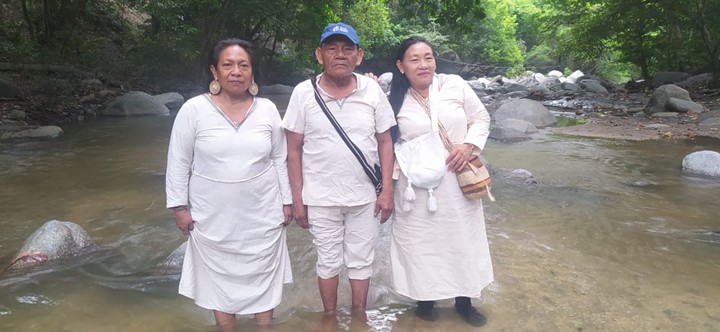
Empowering the Community: From Conservation Training to Economic Sustainability
A cornerstone of the project was the integration of the Emberá community into conservation leadership. Through educational programs, training workshops, and governance reinforcement, over 300 fishermen, youth, and women leaders were equipped with scientific knowledge and traditional ecological practices to manage fisheries sustainably.
The implementation of 80 anti-IUU fishing regulations—including seasonal closures, no-fishing zones, and quota systems—has shifted local fishing practices towards sustainability. Adoption of digital fishing logbooks reached 72% of fishermen, improving resource monitoring and compliance. Additionally, 16 indigenous rangers were trained to patrol high-risk zones, reducing illegal wildlife trade by 40%.
In parallel, the project strengthened economic resilience within the community. Recognizing the need for sustainable livelihoods, the initiative supported the development of 28 women-led green enterprises and facilitated the integration of conservation-based businesses, such as eco-tourism and sustainable agroforestry. With 70% of these businesses already profitable, the project has successfully linked conservation efforts to economic stability, reducing community reliance on extractive activities.
A Model for Future Conservation Efforts
This project stands as a replicable model for indigenous-led conservation, proving that territorial autonomy and environmental governance can yield measurable ecological and socio-economic benefits. The formal establishment of the Indigenous Environmental Secretariat ensures that conservation enforcement continues beyond the project’s duration, with the RMZ now under permanent governance by Emberá authorities.
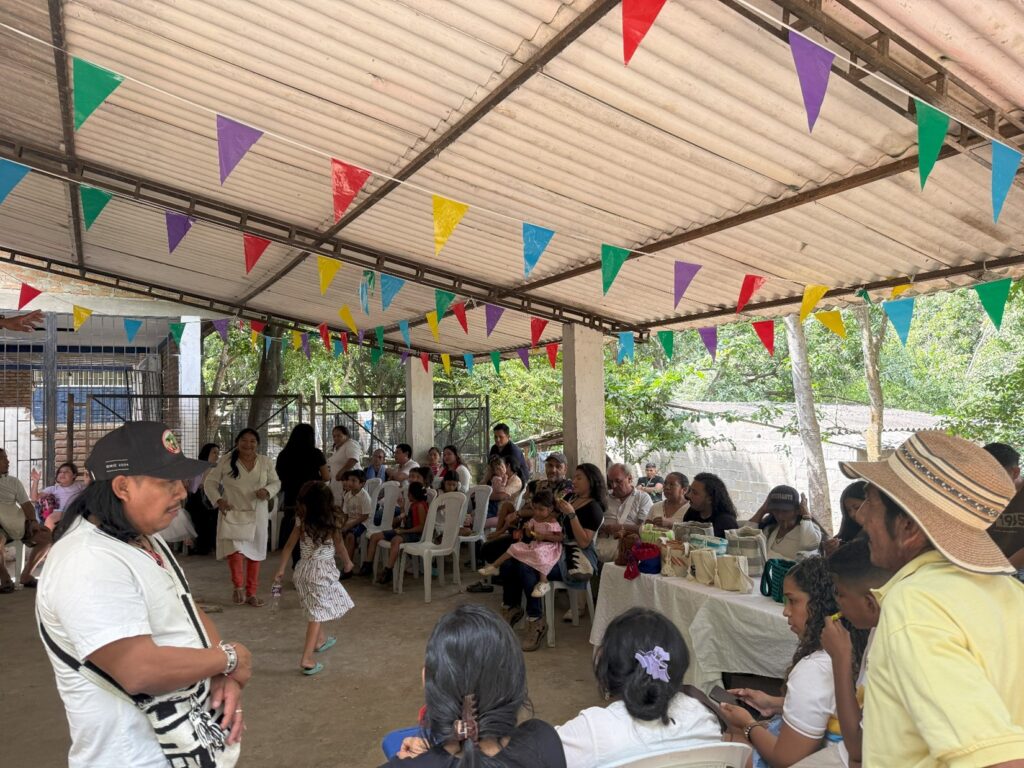
As this chapter closes, IUCN SOS – Fondation Segré Conservation Action Fund, in collaboration with the Emberá leadership and conservation stakeholders, leaves behind an enduring legacy—one where conservation is not only about protecting species but also about strengthening communities and safeguarding ancestral ways of life.
📢 The success of the “Guardians of the Waters” project serves as an inspiring testament to the power of community-driven conservation, offering hope for freshwater biodiversity worldwide.
Sustainability, Replicability, and Scalability: Ensuring the Long-Term Impact of the Guardians of the Waters Project
While the Guardians of the Waters project has officially concluded, its long-term impact extends far beyond its implementation period. The sustainability, replicability, and scalability of this initiative ensure that the conservation gains, governance structures, and community benefits remain in effect for years to come.
Sustainability: Strengthening Indigenous-Led Conservation Governance
One of the project’s most significant legacies is the formalization of the Indigenous Environmental Secretariat, which will continue overseeing RMZ enforcement, fisheries compliance, and habitat restoration programs. The economic sustainability of the initiative is also reinforced through the Indigenous Conservation Fund (FIC), which secures ongoing funding for surveillance patrols, ecological monitoring, and training programs.
Additionally, the project has ensured that sustainable fisheries regulations and economic incentives remain embedded within community governance frameworks, guaranteeing long-term compliance with conservation mandates. The adoption of digital fishing logbooks, the success of sustainable fishing cooperatives, and the growth of eco-businesses demonstrate that the project’s model can function independently beyond donor funding.
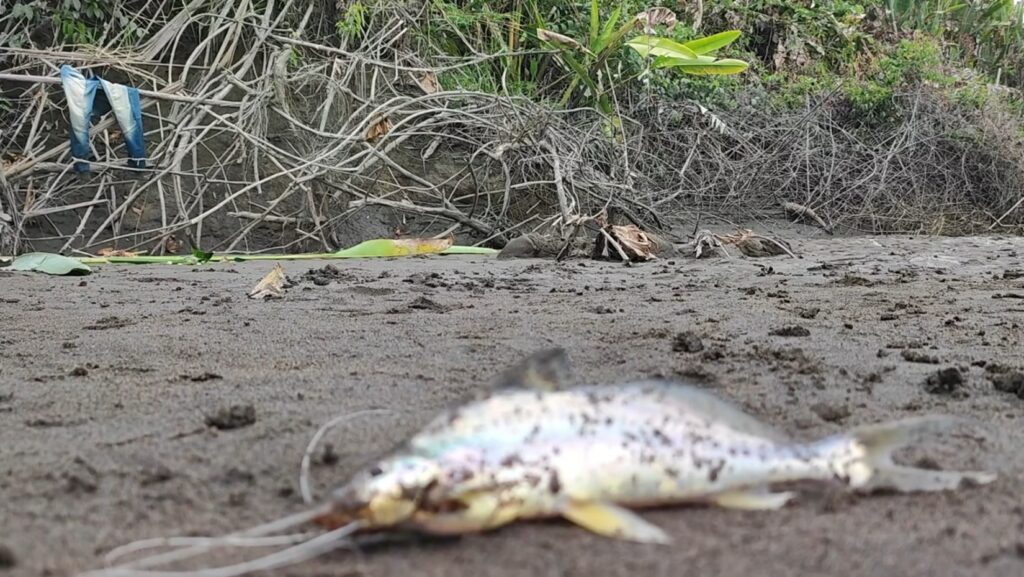
Replicability: A Model for Indigenous Conservation Across Colombia
The RMZ framework, developed in close collaboration with IUCN SOS – Fondation Segré Conservation Action Fund, provides a scalable and adaptable conservation model for other indigenous territories facing similar challenges. This initiative has demonstrated that:
✅ Indigenous governance structures can successfully enforce conservation policies.
✅ Community-driven enforcement mechanisms, such as ranger patrols, reduce illegal activities.
✅ Alternative economic models linked to conservation create financial incentives for sustainability.
The project’s best practices in fisheries management, habitat restoration, and Payment for Ecosystem Services (PES) programs have been documented and shared with other indigenous communities, paving the way for similar conservation strategies across the Amazon, Orinoco, and Magdalena river basins.
Scalability: Expanding Conservation Efforts Beyond the Atrato River
With the project’s proven success, opportunities exist to scale up its impact to larger conservation areas:
🔹 Expanding the RMZ to include additional critical habitats, increasing the protected area beyond 8,820 hectares.
🔹 Integrating the conservation model into national fisheries policies, ensuring legal recognition and support from government agencies.
🔹 Leveraging international conservation partnerships to secure long-term funding, particularly through climate finance mechanisms.
Additionally, the project’s emphasis on blending traditional ecological knowledge (TEK) with modern conservation science has positioned the Emberá people as key conservation leaders in Colombia, offering them a stronger voice in national and global environmental policy discussions.
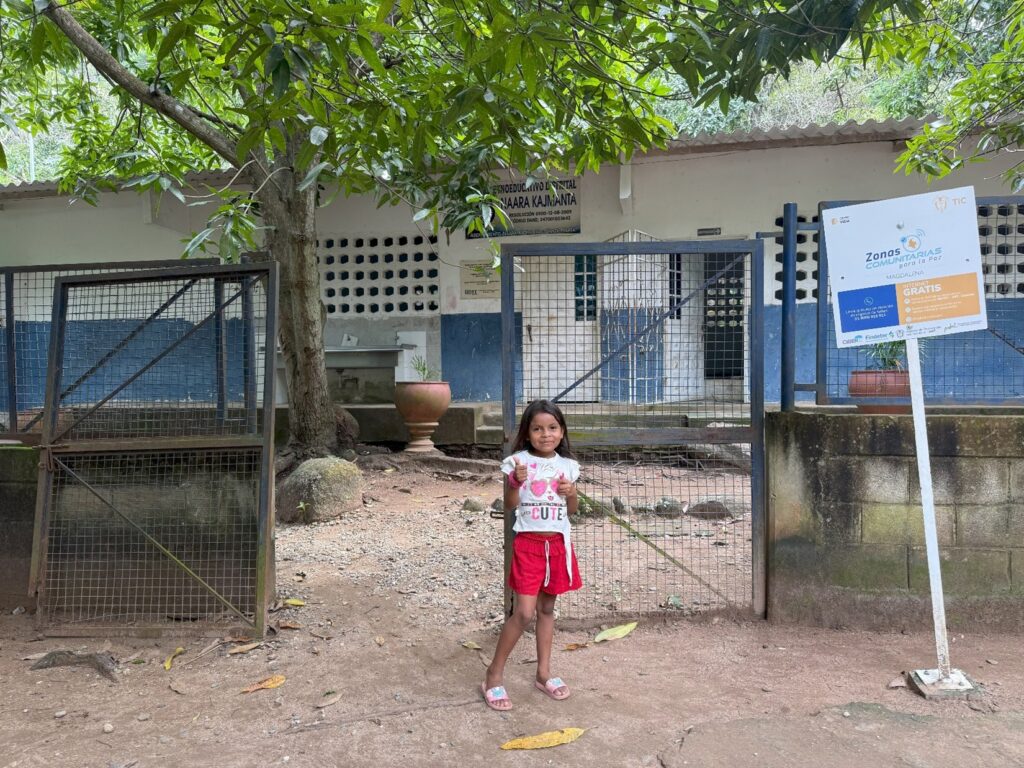
A Conservation Legacy That Endures
The Guardians of the Waters project has demonstrated that indigenous-led conservation is not only effective but also essential for protecting freshwater ecosystems. With a well-established governance structure, a financially viable sustainability plan, and a clear roadmap for replication and expansion, this initiative sets a precedent for future conservation programs.
Through the unwavering commitment of the Emberá community, the strategic vision of IUCN SOS – Fondation Segré Conservation Action Fund, and the continued support of local and international conservation partners, the success of this project will serve as a model for freshwater biodiversity protection worldwide.

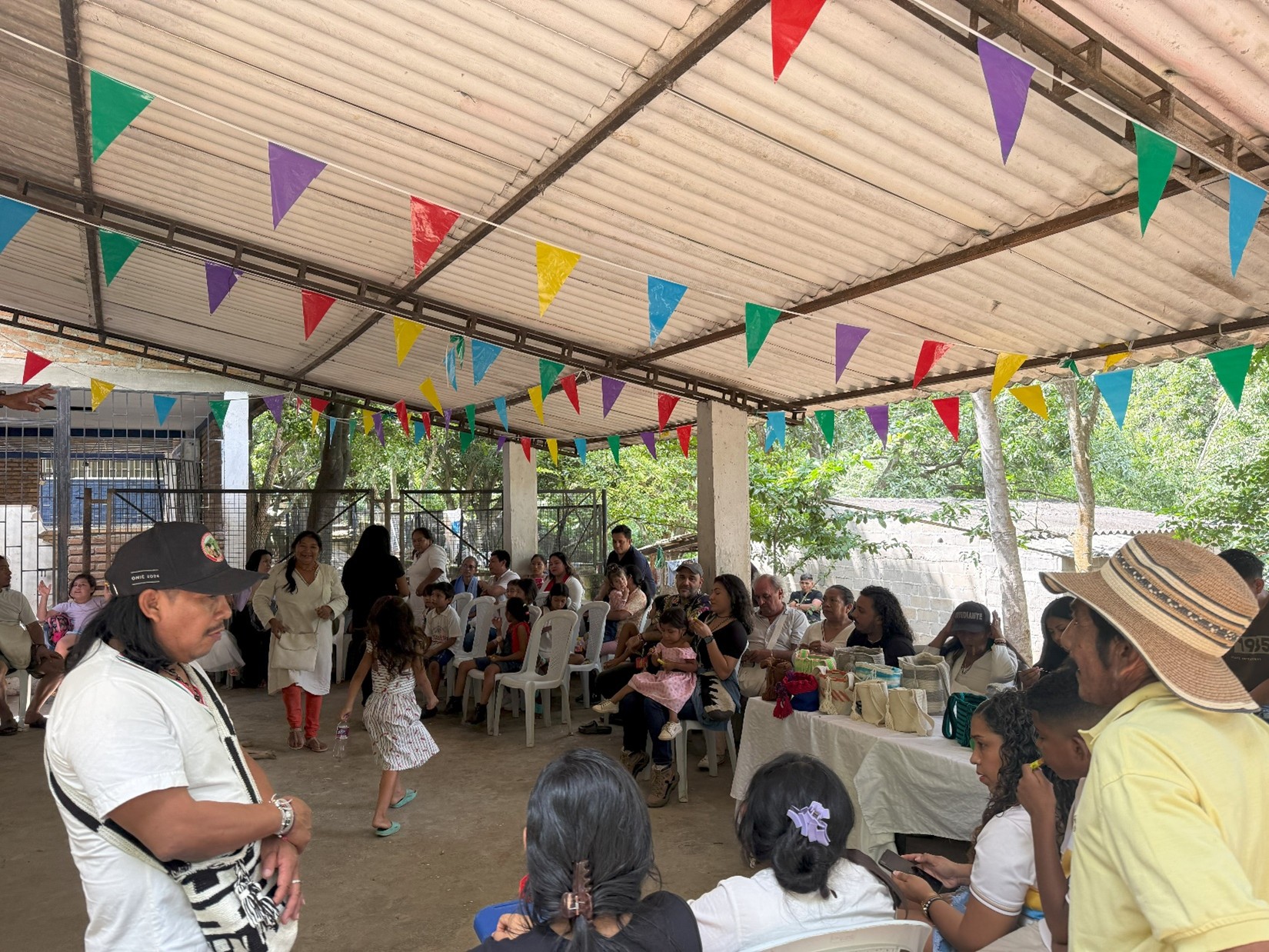
+ There are no comments
Add yours